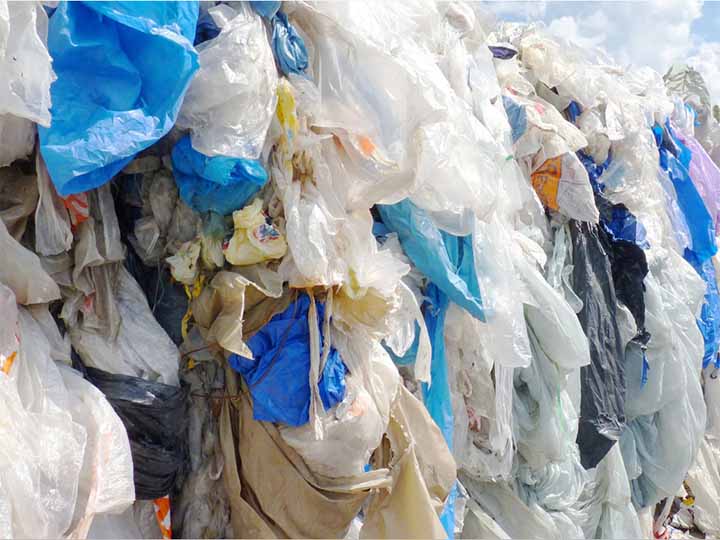
Demystifying the Plastic Film Recycling Process
In our eco-conscious era, plastic film recycling stands out as a crucial endeavor in the pursuit of sustainability. From packaging materials to various everyday applications, plastic films play a ubiquitous role in our lives.
Understanding how plastic film is recycled is essential to fostering environmentally responsible practices. In this comprehensive exploration, we will delve into the intricacies of the plastic film recycling process, shedding light on the processes involved and the significance of responsible waste management.
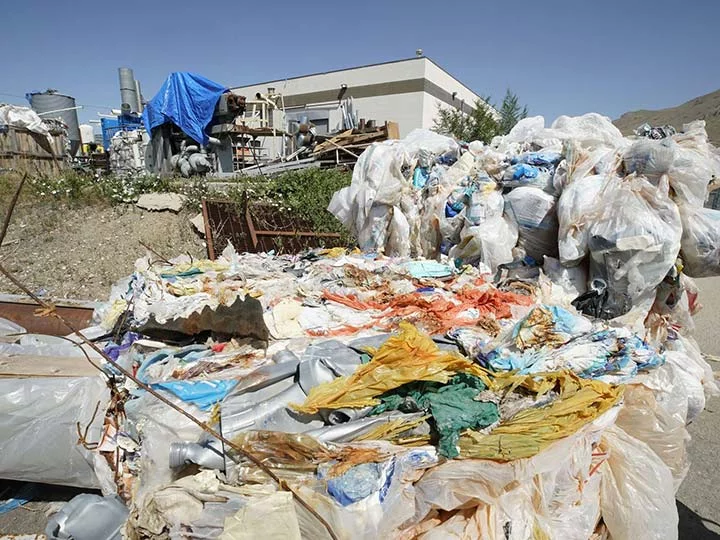
Introduction of Plastic Film Recycling
Plastic film recycling is a dynamic process designed to address the environmental impact of one of the most widely used materials in the world. From grocery bags to product packaging, plastic films have become an integral part of modern living.
However, their lightweight and flexible nature poses unique challenges in the plastic film recycling process.
Collection of waste plastic film
The journey of plastic film recycling begins with the collection of discarded materials. This often involves community recycling programs, waste management systems, and dedicated collection points.
Shuliy Recycling Machinery
In the realm of plastic film recycling, cutting-edge technology plays a pivotal role. Shuliy Recycling Machinery, a renowned manufacturer based in China, has emerged as a key player in providing innovative solutions for efficient plastic film recycling. Their commitment to quality and sustainability is evident in the design and performance of their recycling machines.
Plastic Film Recycling Machines for Recycling PE/PP Film
The core of the plastic film recycling process lies in the utilization of advanced machinery. Plastic film recycling machines are engineered to handle the challenges posed by thin and flexible materials. Shuliy’s machines, for instance, boast precision cutting mechanisms and state-of-the-art granulating systems. These features enhance the efficiency of the recycling process while maintaining the integrity of the recycled material.
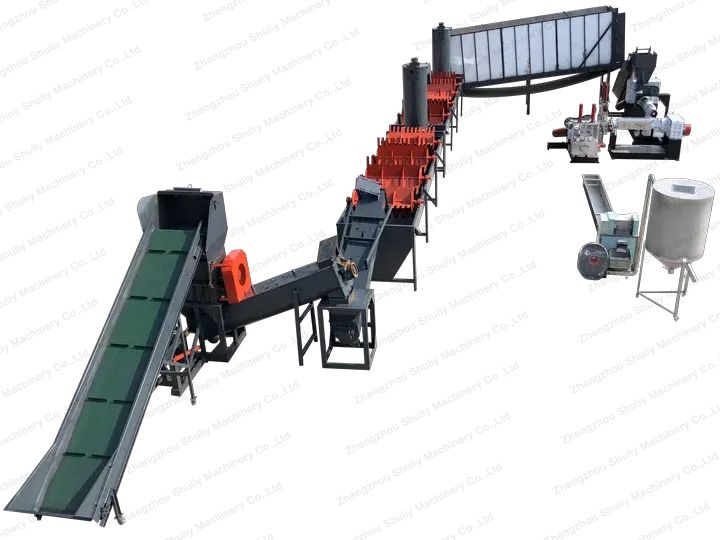
Key Steps in the Plastic Film Recycling Process
Collection and Transportation
Plastic films are collected from various sources and transported to recycling facilities using eco-friendly methods to reduce the overall carbon footprint.
Cleaning
The collected plastic films undergo a thorough cleaning process to remove contaminants and prepare them for the recycling phase. In this step, you should use a plastic washing machine to help you.
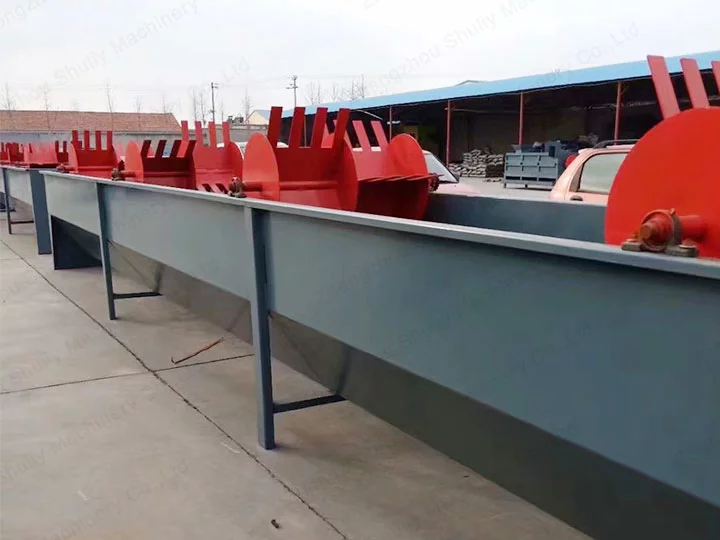
Shredding and Granulation
The plastic films are then shredded into smaller pieces by using a plastic shredder machine, making them more manageable for subsequent processing.
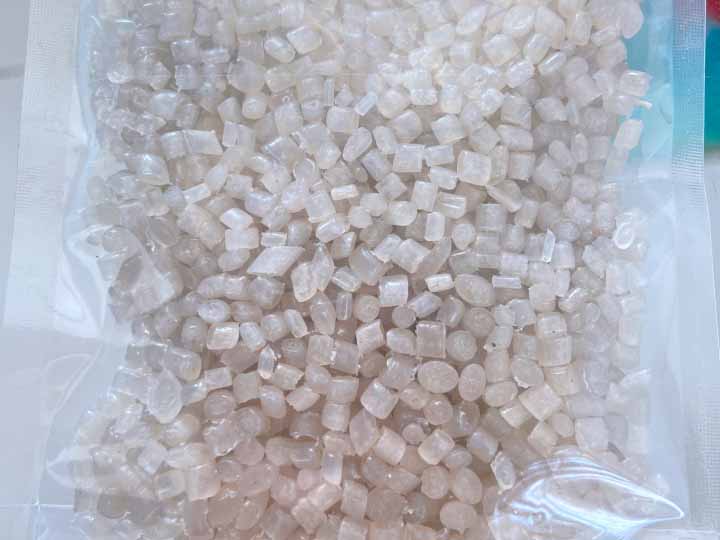
Melting and Reforming
The shredded plastic is melted and reformed into pellets, creating a raw material that can be used to manufacture new products.
Quality Control
Throughout the recycling process, strict quality control measures are implemented to ensure the resulting material meets industry standards.
Environmental Impact and Benefits
Plastic film recycling contributes significantly to reducing the environmental impact of plastic waste. By diverting plastic films from landfills, we decrease pollution and conserve valuable resources. Additionally, the energy saved through recycling compared to producing new plastic is a substantial benefit.
In conclusion, demystifying the plastic film recycling process highlights the importance of responsible waste management practices. As we navigate the challenges of a plastic-dominated world, understanding and embracing recycling initiatives become imperative. Shuliy Recycling Machinery’s commitment to providing cutting-edge solutions underscores the global effort to create a sustainable future. By comprehending and actively participating in plastic film recycling, individuals and industries alike can contribute to a cleaner, greener planet.
